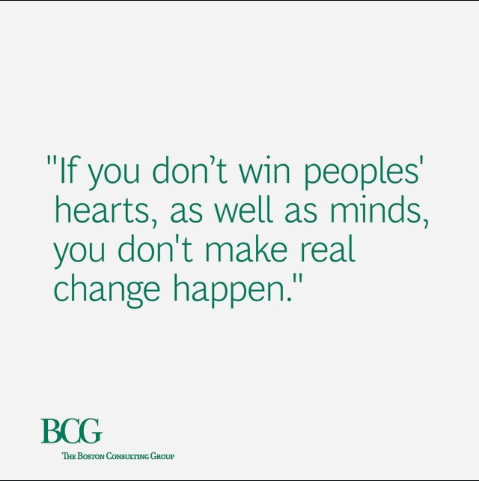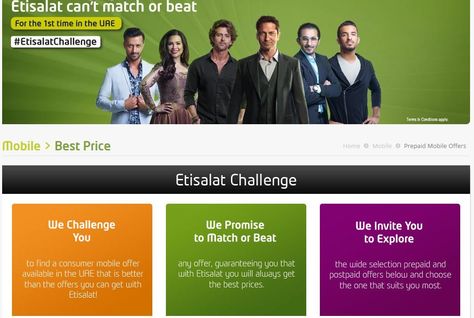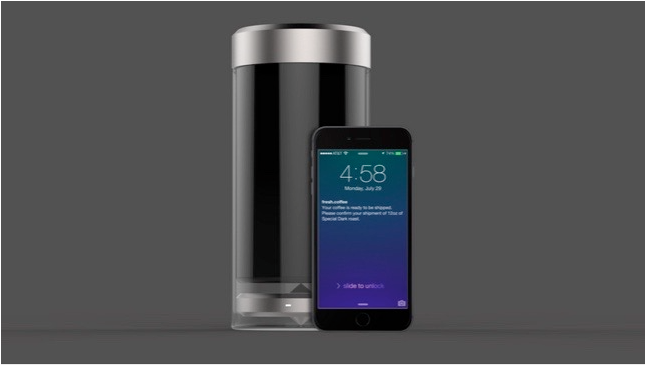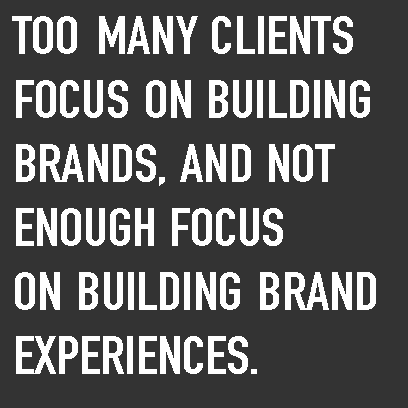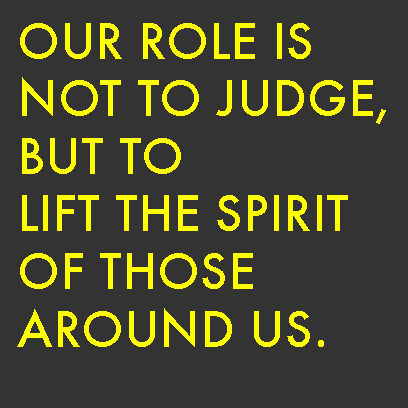There is so much wrong with the banking sector, but it’s also a sector I find interesting as it tends to be an early adopter of design and technology innovation.
Here are some recent banking trends I find interesting:
1. BANK BRANCHES.
The bricks-and-mortar locations where banks traditionally conduct business in person with their customers are going through a big period of transformation.
Banks are closing branches, relocating branches, shrinking the square footage of branches and moving branches into shopping-center spaces to be closer to their consumer. They’re also changing the nature of services that banks offer customers at branches.
Transactions, which have been the backbone of branches, are migrating out of the branch and into other channels – Mobile apps, online, ATMs and other technology influences are taking the transactions out of the branch itself. “Intelligent ATMs” offer more transaction services or video screens that can connect customers to live tellers at call centers.
2. UNIVERSAL BANKERS
As transactions move out of branches, tellers must become less transaction-oriented and more focused on sales of bank products and services.
Even their job titles have changed from teller to personal banker, and now, universal banker. This new position describes branch employees who not only process transactions but also pitch products and services to customers through cross-selling and up-selling.
3. MOBILE APPS
Early on, banks experimented with mobile, website-based banking services. But the trend today is toward mobile banking apps designed to deliver banking services via a smartphone.
Most banking apps allow customers to check account balances, review transactions, transfer funds from one account to another within the bank and pay bills within the bank or externally.
The big unknown is the extent to which mobile banking apps also will allow customers to complete transactions that are harder to authenticate remotely.
4. SECURITY
The risk of identity theft creates the incentive for consumers to take responsibility for the safety and security of their personal financial information. Whether that means a password-protected cellphone or one with virus protection, consumers have to be smart users of technology.
Banks are doing their part, too. One trend is stricter authentication systems that require more than a simple username and uncomplicated password to access a bank account.
But banks today don’t stop with authentication. Many are taking “a layered approach” that begins with authentication and adds plenty of other security systems.
“It’s like securing a house, you want strong locks, but you shouldn’t stop at the locks.”
5. CARD CHIPS
Transaction security, in particular, will continue to be a challenge.
The magnetic strip, or “mag stripe,” found on the back of most debit cards and credit cards is old technology. The new tech, already widely used in Europe, involves a so-called EMV (Europay, MasterCard and Visa) chip, which is much more secure than a mag stripe. The EMV chip produces unique coding for each transaction and transfers some of the liability for fraudulent transactions from banks to retailers.
Some past data breaches (for example target in the U.S) may have been prevented by having more robust card technology.
“I think we could see some drastic changes in the way we bank and the way the card is used”
6. PAYMENT TECHNOLOGIES TARGET CASH
Despite the ubiquity of plastic payment options, consumers still use cash and coin to pay for plenty of goods and services, particularly when small dollar amounts are involved. And much of that cash and coin passes through bank accounts at some point or another.
That could change as new payment technologies, like smartphone wallets and virtual currencies, make a run at displacing the cash and coin.
Banks offer some of these technologies, but many other nonbank companies also do it. That could mean some stiff competition in cash-replacement, technology-based services.
Source: http://www.bankrate.com
Image source: https://www.123rf.com
 The Angel In The Stone
The Angel In The Stone
